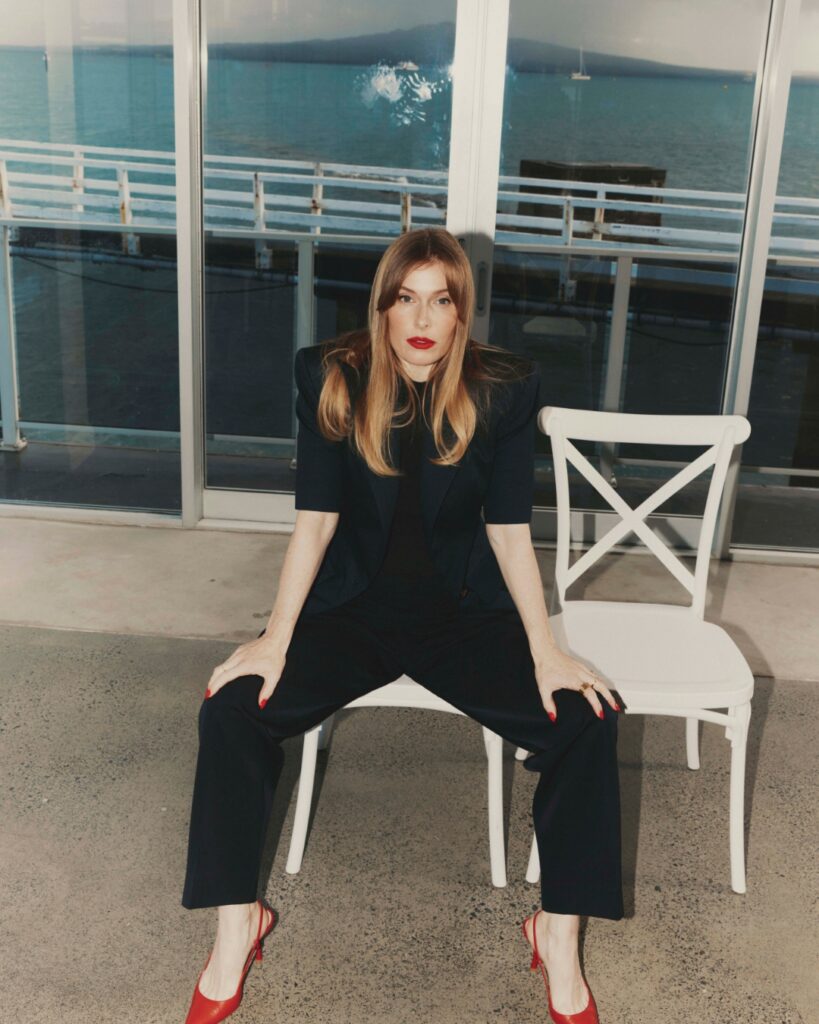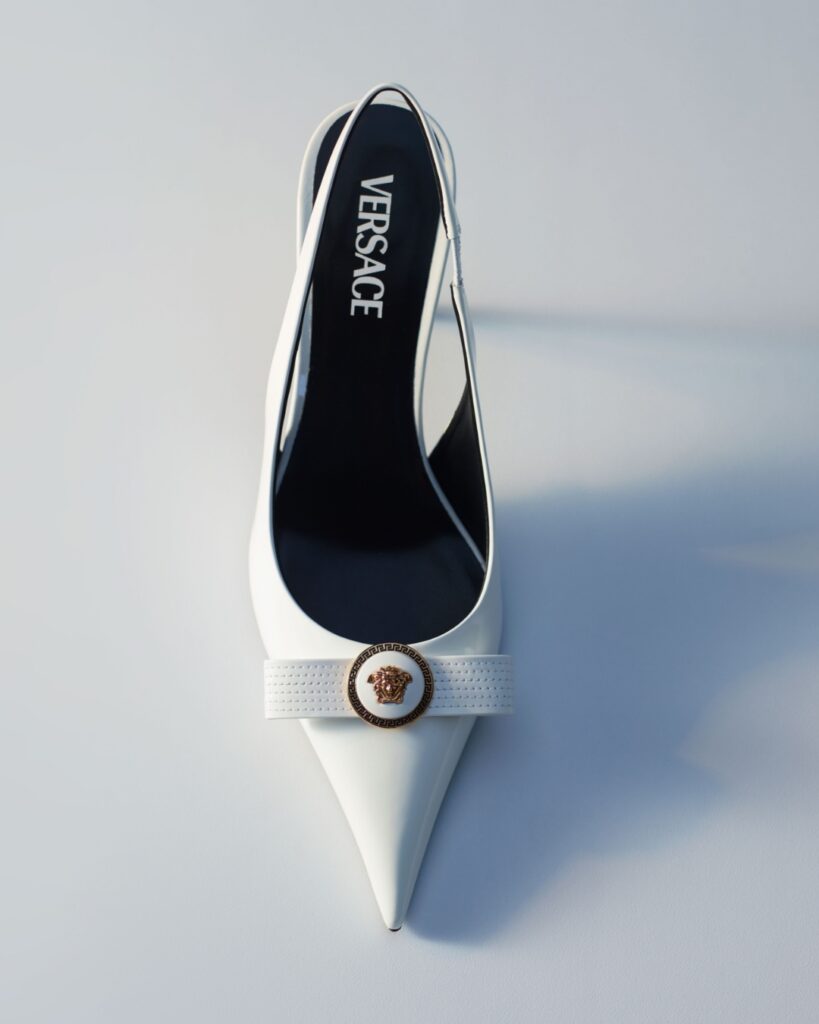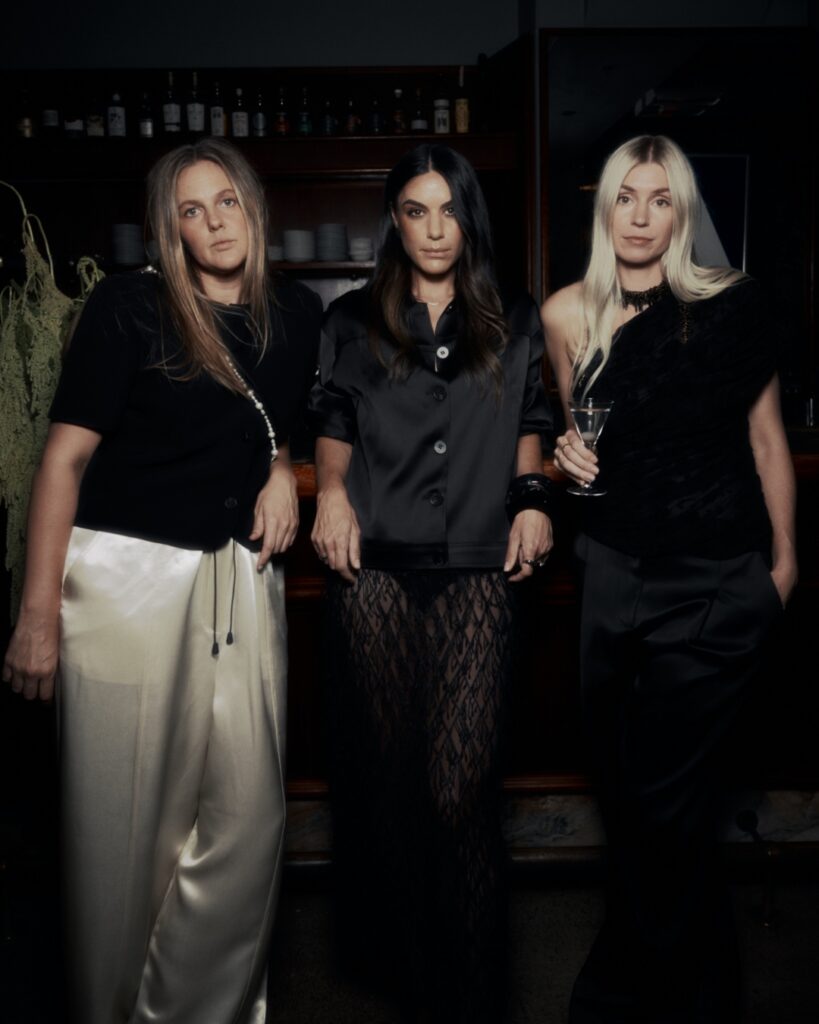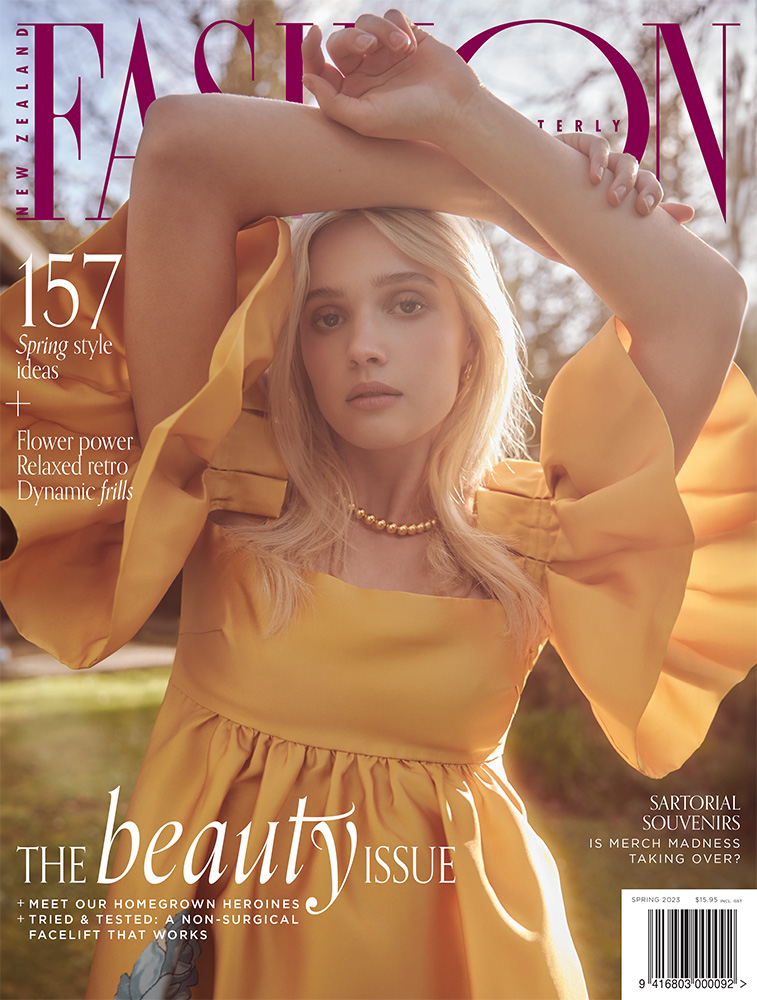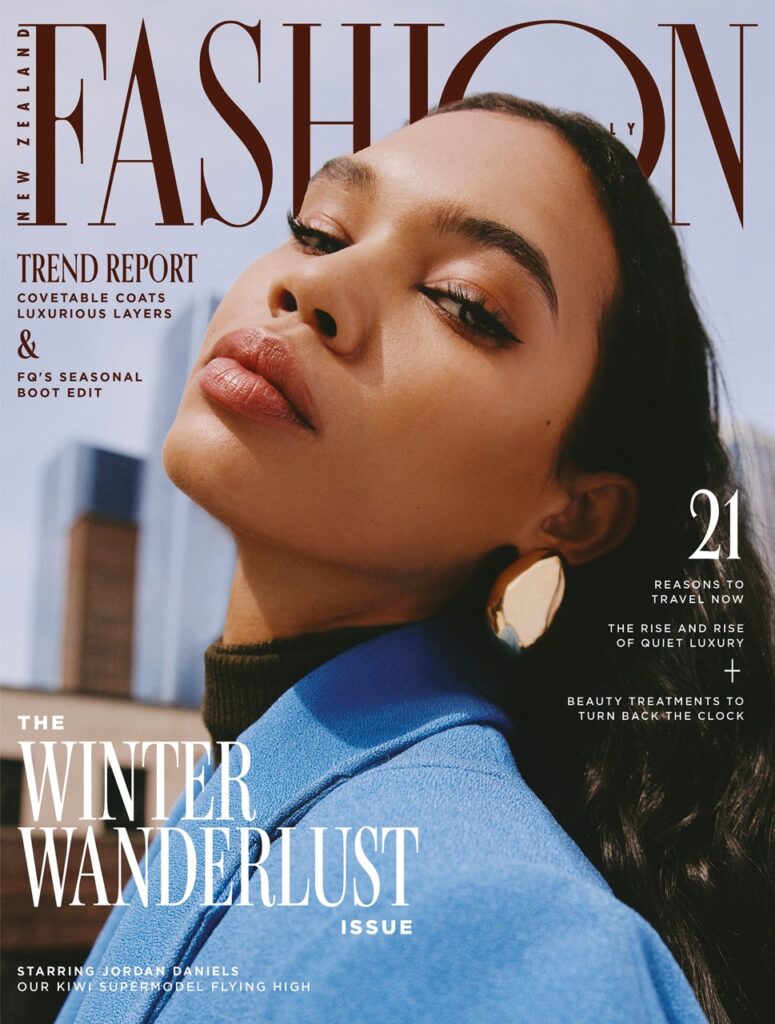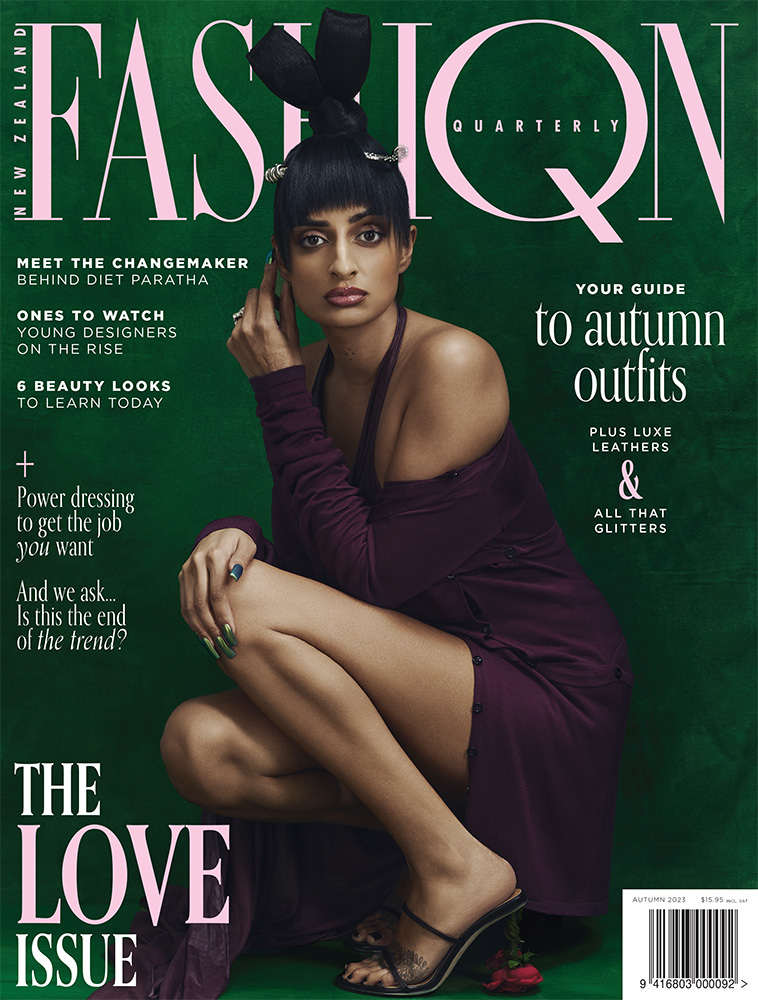
More than a decade on from the Rana Plaza tragedy, it still reads like a dystopian horror story. In April 2013, cracks appeared on the walls of the multistorey commercial building in Dhaka, Bangladesh, prompting the staff in its clothing factory to push back against going to work. The retail stores on the lower floors were immediately closed, but the garment workers’ resistance was met with an impossible ultimatum: go into the building and work, or lose a month’s pay. The following day, the building collapsed, taking the lives of more than 1100 people and injuring a further 2500.
We can’t point to a defining moment in history when corporations catastrophically chose to value production and sales over human life, because it wasn’t a moment, but rather a series of actions. There was no snapping of the fingers, no one decision. Just as change hasn’t been able to be implemented in one fell swoop following this disaster, it continues to take a series of actions of all scales to alter the thinking that allowed it to happen in the first place.
Corporate greed, or can we blame consumers?
Brands create desire, desire drives consumer demand, and demand gives brands power to exercise control over suppliers, which in turn drives down the price to maximise profits. Suppliers are coerced into cutting corners, which impacts workers’ conditions, safety and livelihood. As consumers, we have two options: we can throw our hands up and say, “These brands made us want these things in the first place; we didn’t know”, or we can take accountability for the part we play and choose to view our purchasing power as exactly that — power.
PAUSE BEFORE YOU PURCHASE
To ward off unscrupulous impulse buys, consider why you want to buy something. Ask yourself whether the item aligns with your personal style. Are you prepared to own it for years to come and repair its wear and tear? Is the brand traceable? Would you still be proud to wear it if someone you knew copied you? If your answers are no, chances are it’s not worthy.
What’s changed since the Rana Plaza tragedy?
In the years since the Rana Plaza tragedy, international governments and organisations have taken measures to improve garment workers’ safety and rights — while admitting there’s still more work to do to further labour reform laws and provide better access to social protection. A threat to progress persists that leads back to fashion’s fundamental business model. Despite incremental efforts to improve, most brands work to a just-in-time delivery system, costs are continuously being
pushed down and lead times are shrinking, factors that make it difficult to provide workers with adequate living wages, much less safer working conditions.
Founded in the wake of Rana Plaza, non-profit organisation Fashion Revolution publishes an annual Fashion Transparency Index in a bid to hold brands accountable and guide consumers to make more informed decisions about which brands they choose to buy from. Although it started small, more brands are disclosing their supplier lists each year. In 2017, for example, 32% of brands disclosed their tier one supplier lists (the closest suppliers to their end product) in the index; now 48% do. Likewise, 12% of brands now share their tier three supplier lists, compared to zero in 2017.
Our opportunity for change
As consumers, our clothing purchases have two costs: the one that gets tallied up at the checkout, and the one that impacts thousands of jobs and workers’ livelihoods, from a garment manufacture through to marketing. We have the power to participate in progress by leveraging tools like the Fashion Transparency Index, supporting brands that seek better conditions for their cotton growers, machinists and more, and introducing fewer, better pieces into our wardrobes that have far greater worth than their price tags.
Words: Louise Dunn
Images: Supplied, Unsplash


